When you purchase through links on our site, we may earn a commission at no additional cost to you. Learn More
When you’re out playing with your ATV in the mud, a tire de-beading from the rim will put a quick stop to your weekend fun.
Ordinary wheels rely on tire pressure to keep the tire seated on the rim. But when you are in the mud, you need all the traction you can get.
And as you probably know, your traction, as well as flotation, will improve drastically when you drop the pressure in the tires down to almost nothing.
The problem with this as it increases the risk of your tire de-beading as well. The solution to this problem is upgrading to Beadlock wheels.
But how does ATV beadlocks work?
ATV beadlocks work by clamping the bead of the tire to the wheel. The tire bead is placed between an inner ring welded to the rim and an outer clamp ring. Both of which span the whole circumstance of the wheel. Many small bolts are used to force the two rings together, sandwiching the tire securely in place.
This will prevent the tire from dismounting or spinning on the wheel when you ride with lower tire pressures for better traction.
For most ATV riding, you will be perfectly fine, even if you drop the tire pressure on your stock wheels.
Most ATV tires’ walls are quite stiff, so that they will hold up quite well even with no air in the tire.
At the same time, an ATV is relatively lightweight compared to, let’s say, a Jeep. So for ordinary, “light” off-road riding, you should have no issues.
But as soon as you go a bit more extreme, where you land big jumps or hit rocks and stumps on the sides of the tires, they may not manage to keep the tire in place.
Because as I mentioned, an ordinary wheel relies on air pressure to hold the tire in place on the wheel. The air forces the tire to the outside lip of the wheel, making an airtight seal.
The friction between the tire and the rim, caused by the air pressure forcing the two together, prevents the tire from spinning on the rim when you apply throttle or brake.
When the pressure drops, there will be less force keeping this seal airtight. Therefore, it will require significantly less of an impact to break the seal and dismount the tire from the wheel.
The beadlock wheels come with some extreme benefits, as well as some rather extreme disadvantages. Make sure you consider all of them up against what kind of riding you plan on doing before you run over to the store with your hard-earned cash.
Most off-road applications like riding in mud, sand, snow, or even rocky terrains can benefit a lot from deflating the tires. It’s in situations like these is where beadlocks come to shine.
These wheels do not rely on air pressure to function as the locking rings mechanically hold the tires. You get the benefits of a deflated tire without the added risk of it dismounting from the wheel.
You get the benefits of a deflated tire without the added risk of it dismounting from the wheel.
The lower air pressure will increase the tire’s footprint (the area touching the ground), creating both better traction and flotation in the slippery mud or snow.
And when rock-crawling, you also benefit from the sidewall becoming more pliable. This lessens the chance of a sharp rock puncturing the tire’s sidewall as it will rather flex around the rock.
Additionally, you get the bonus of a more comfortable ride when riding on rough terrain. The tires will act more like balloons or bouncing balls as they soak up most of the small bumps and humps you run over.
This is only at low speeds tho. Running with little air pressure at high speeds can be downright dangerous as the bike is dancing around.
In quad racing, beadlocks are often used to keep the tire in place when landing huge jumps and to keep it from spinning during hard acceleration or deceleration.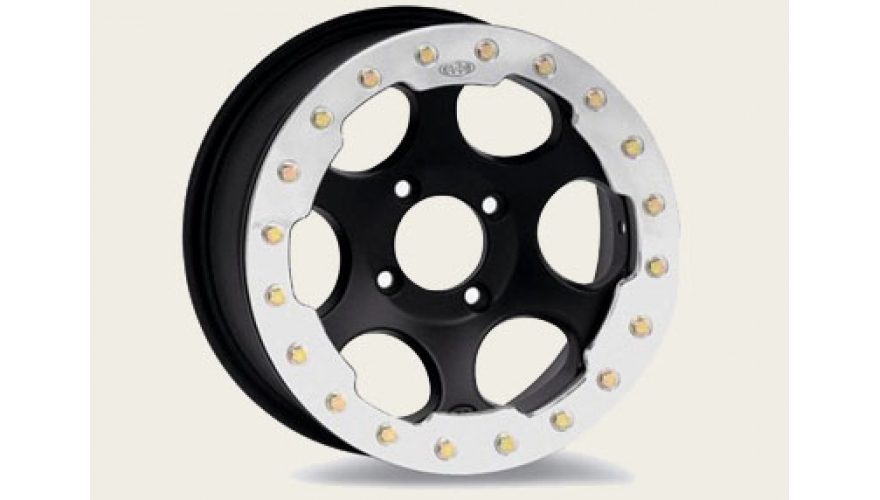
People in the drag-racing scene are also often seen using beadlocks. However, these riders do not use them because they need to run with low pressure in the tires.
They mainly use them to prevent the tire from spinning on the wheel when the clutch is dropped, and the bike sets into extreme acceleration.
When the engine horsepower gets 2-3 times higher than stock, the air pressure alone is not enough to prevent the tire from spinning on the wheel, even when using higher air pressure levels.
The beadlock will take up some of the hp because of its added weight, but the benefit of getting all of the power down to the ground is what matters in this game.
And then, finally, there is the aesthetic aspect of things. Many riders consider getting these wheels simply because they look so friggin’ cool, without actually needing them for any practical purpose.
Aside from functionality, they sure make the wheel pop!And hey, who am I to judge. Beadlock do lock quite trick, even though looks were probably not what the original inventors had in mind.
Beadlock do lock quite trick, even though looks were probably not what the original inventors had in mind.
That’s why the market of beadlock “look-alike” rims has exploded lately. These wheels have the characteristic outer ring with all the small bolts but do not feature the possibility to clamp the bead in place (locking the bead – hence the name; beadlocks).
So why is not everyone just using beadlock rims then? Well, they do come with some pretty bad downsides, making them not the best option for all riders.
Let’s have a quick look at the most important ones so you can decide if they are something for you after all.
Getting a set will set you back quite a bit more than ordinary rims. The added complexity of manufacturing them combined with a lesser market do put them in the higher price range.
You should expect to pay anything from 1 1/2 to 2 times the price of a conventional set.
The added weight is not always a downside, but you should know that these wheels generally weigh quite a bit more than conventional wheels.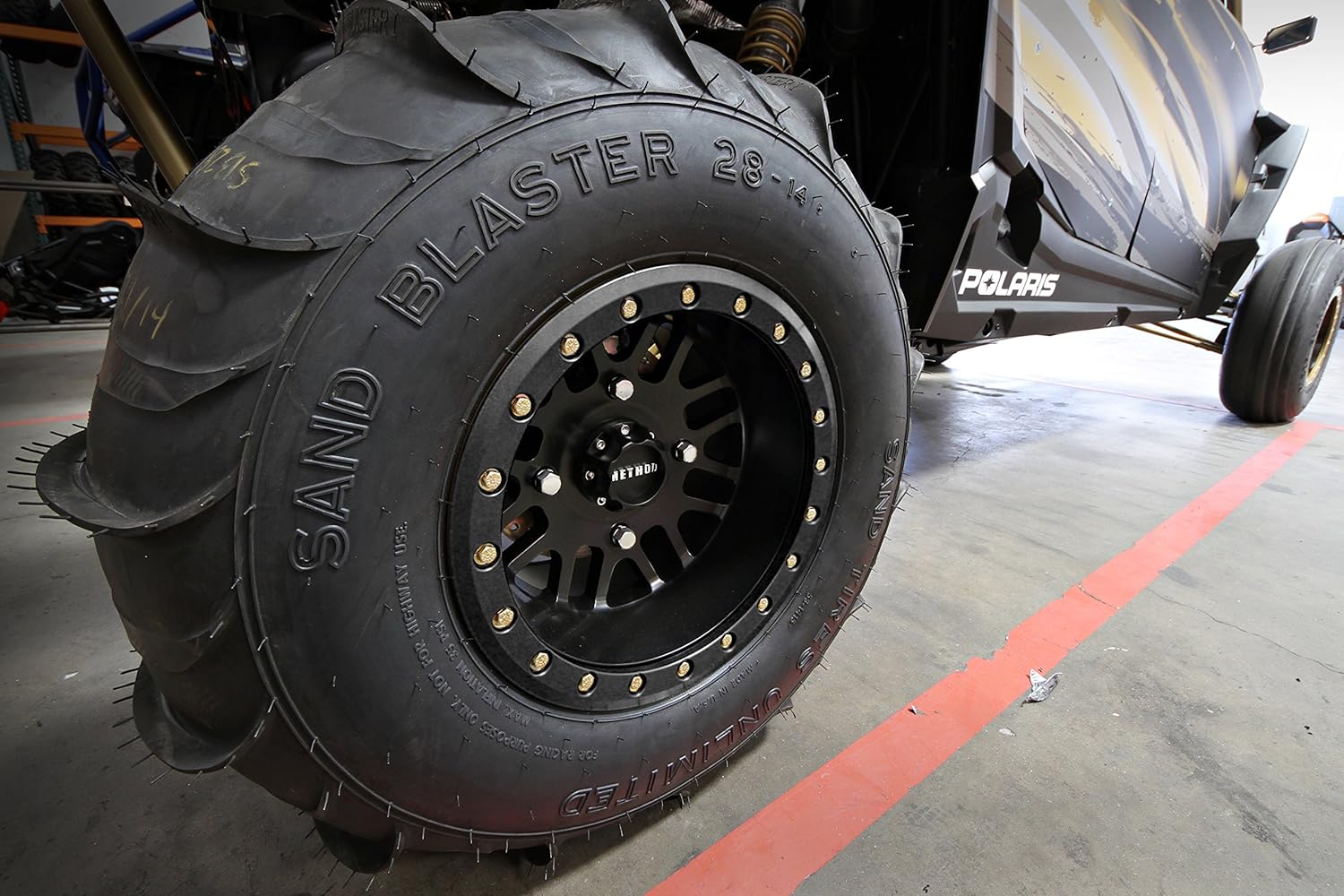
The inner and outer ring combined, plus the small pile of bolts, will add up quite a bit.
The added weight will affect acceleration, deceleration, and general handling of your ATV. It will also put additional strain and wear on the different components of the undercarriage of the bike.
Properly balancing a beadlock wheel is close to impossible, even when the wheels are brand new. You may manage to get them decent, but some vibration is to be expected in any case.
You will also get dirt trapped between and behind the locking rings as you ride, making the ATV pretty much useless on the trails where speeds are higher. The whole bike will vibrate increasingly more violent as you catch speed.
To get the balancing back to an acceptable level, you may need to completely dismount the tire from the wheel for a thorough cleaning before you put it all together again.
Remember to use the specified torque when tightening the bolts on the locking ring. This is crucial to get a good result and a mistake that many new beadlock owners have to learn the hard way.
This is crucial to get a good result and a mistake that many new beadlock owners have to learn the hard way.
Related: Do You, Can You, and Should You Balance ATV Tires? Best Way?
Beadlocks do require more maintenance than conventional rims.
Except for cleaning when things get stuffed with debris, you need to make sure the locking bolts are properly tightened to the specified torque at all times. Ideally, you should go over each wheel before every other time you go out to ride.
Failing to do so will result in bolts coming loose and falling off, one by one.
If you lose more than a few bolts, the tire may actually come undone, creating a potentially hazardous situation if this happens at higher speeds.
There are many different variations of the beadlock wheel available on the market today. The most common type is where locking rings are fitted to only the outside of the wheel.
This is because the outside bead of the tire is much more prone to involuntary de-beading than the bead on the inside.
For the most extreme applications, you can also get beadlocks that feature locking rings on the outside and inside the wheel.
This makes for a practically bulletproof setup, but you do run disadvantages like additional weight, cost, and maintenance. Also, these dual-sided beadlocks are quite a bit harder to mount than the one-sided type.
For ATV’s the beadlock wheels typically run in the range from 10-16″, where 14″ is most common. For quad racing, the smaller size wheel and tires are typically preferred.
If you’re in the market for new beadlocks, you should look for a set where the bolt heads are lowered into the ring as this greatly reduces the risk of knocking off boltheads when hitting rocks, etc.
The ring thickness is also a good indicator of the quality of the set you’re looking at. A thicker ring will handle more brutal impacts and are less prone to wearing down prematurely.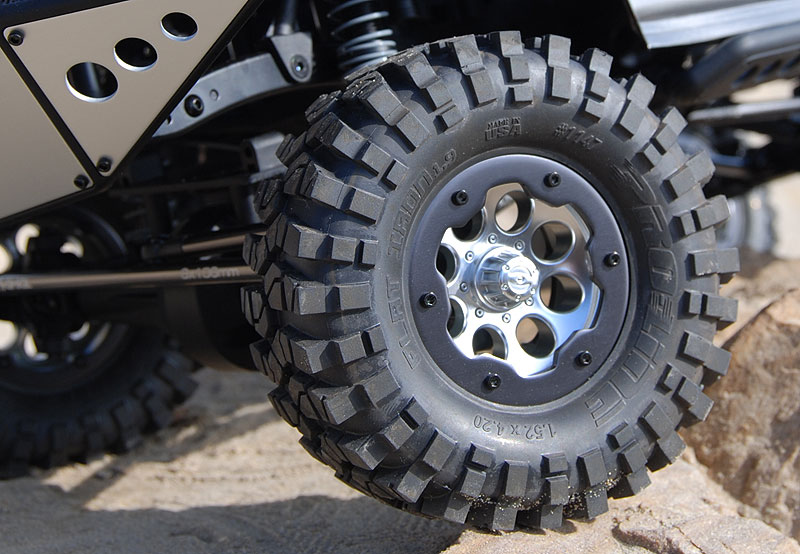
Related: Are ATV Tires Tubeless? Tubes vs. Tubeless (Pros and Cons)
Reading Why You Need UTV Beadlock Wheels 4 minutes
Next What is the Best UTV Trailer?Tags
Looking at new wheels for you UTV or ATV? Let's dig into what the differences are between a beadlock UTV wheel, and a non-beadlock UTV wheel. Choosing the right option(s) for your specific terrain is incredibly important.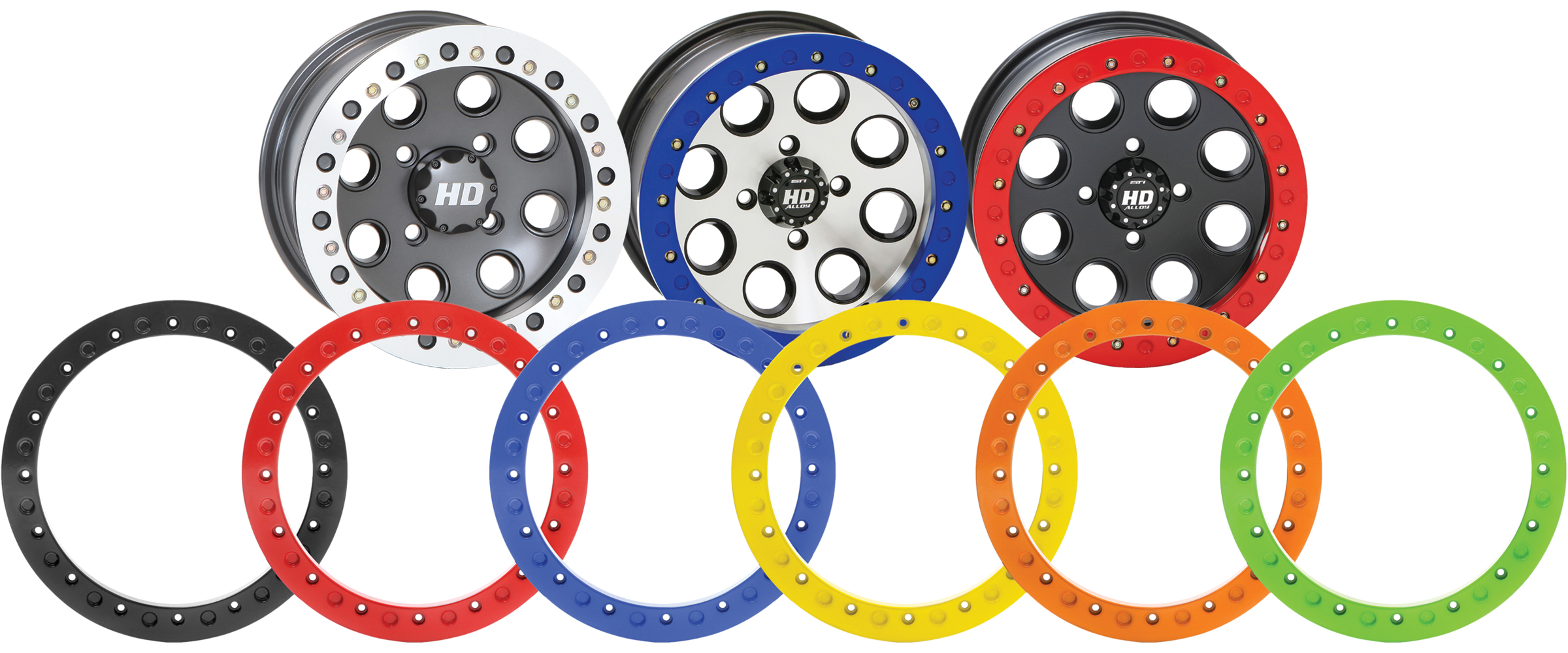 Selecting the right tire is arguably the number one most important decision, your wheel choice come in a close second.
Selecting the right tire is arguably the number one most important decision, your wheel choice come in a close second.
 All beadlock wheel should come with hardened bolts and assembly hardware to professionally assemble your wheels. The bolts must have no less than five full thread engagements to ensure a secure, proper assembly. Some bolts may have a zinc or magnesium coating on them to give a unique visual quality like a bronze or rainbow coloring. Before assembling your beadlock wheels, hold a bolt to the side of the mounting face of the wheel and gauge the length of your bolts to ensure they are the correct length. NEVER install beadlock bolts with a hammer or impact drill. ALWAYS hand tighten and finish the bolts to correct manufacturer's spec using a quality torque wrench.
All beadlock wheel should come with hardened bolts and assembly hardware to professionally assemble your wheels. The bolts must have no less than five full thread engagements to ensure a secure, proper assembly. Some bolts may have a zinc or magnesium coating on them to give a unique visual quality like a bronze or rainbow coloring. Before assembling your beadlock wheels, hold a bolt to the side of the mounting face of the wheel and gauge the length of your bolts to ensure they are the correct length. NEVER install beadlock bolts with a hammer or impact drill. ALWAYS hand tighten and finish the bolts to correct manufacturer's spec using a quality torque wrench. Beadlock Pros:

Beadlock Cons:
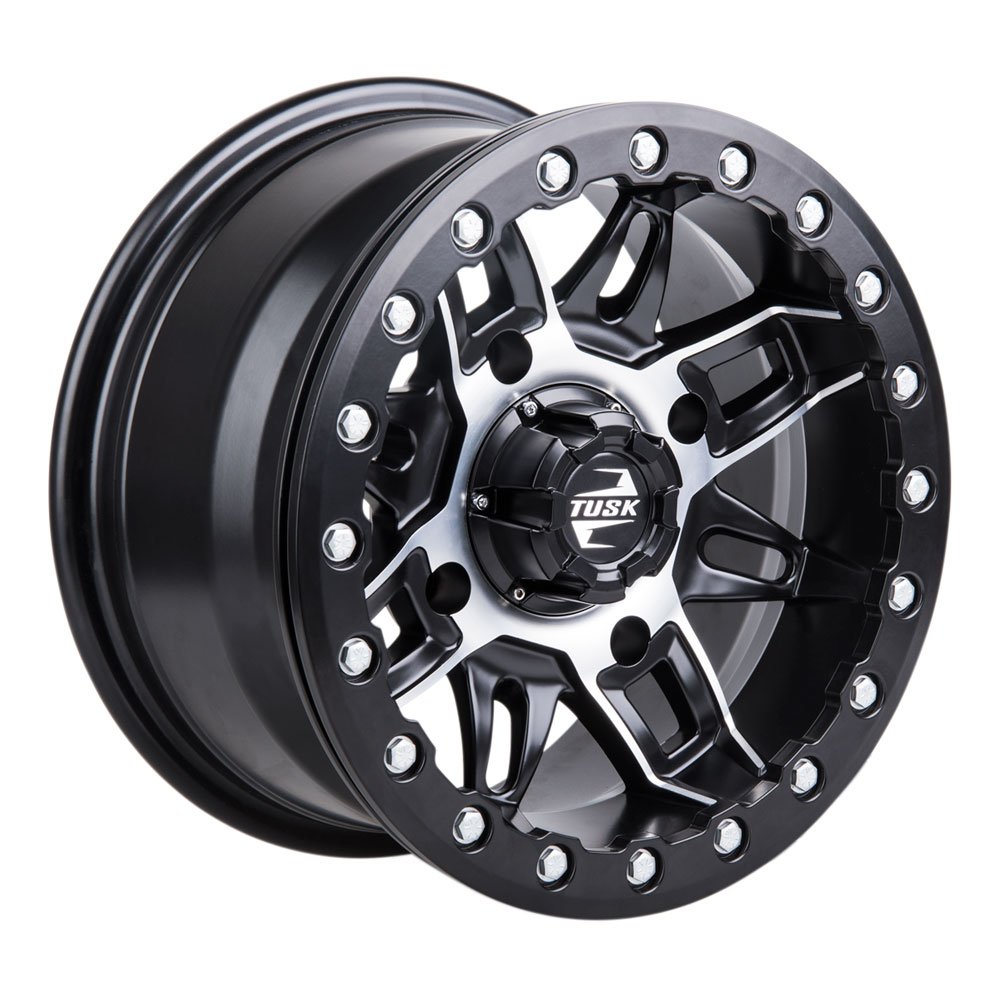
We recommend asking a few questions to yourself before you purchase beadlock wheels (well, really ANY aftermarket UTV accessory). It's important to make a decision based on needs instead of wants otherwise you'll sink too much money into your machine that you could've otherwise used for routine maintenance and inevitable damage/parts repair/replacement.
Ask yourself these questions:

Learn
There is more than meets the eye when you dissect how a tire and wheel combo inflates, stays inflated and why some wheels and tires shouldn't be matched together. We take a deep dive into what makes certain wheel engineering superior when deciding your next combo.
Fitment
A dual drilled wheel is a wheel that is drilled with two sets of bolt holes. With this additional set of holes, dual drill wheels can accept two different bolt patterns. On all dual-drill wheels, the larger hub bore of the two bolt patterns is used to ensure proper fitment.
Backspacing
4+3? 6+1? 25mm? We put to bed the UTV industry debate on what measurement is better, why we use wheel offset and wheel backspacing in the powersports industry, and we do a deep dive into why each measurement matters.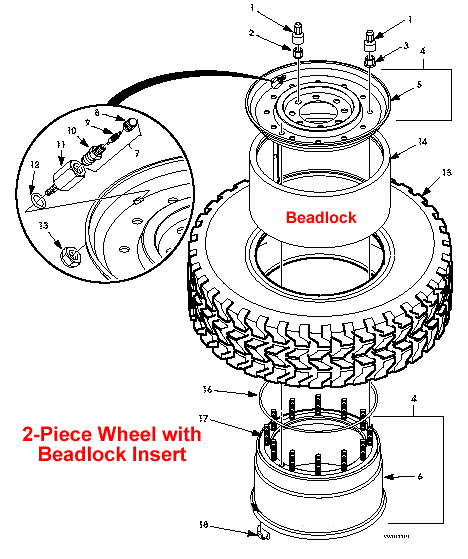
The Source is your destination for applicable and useful posts, how-tos and recommendations to keep you and your passengers safe and prepared. Have a topic you'd like to know more about? Search the site using top navigation. Have a topic we haven't covered yet? Shoot us an email using our contact form.
This lock is designed to prevent theft of motorcycles, scooters, ATVs and other vehicles equipped with disc brakes. Wheel blocking makes it impossible for unauthorized movement of a motorcycle equipped with Garant Moto. A distinctive feature of the lock "Garant Moto" is its high reliability and criminal resistance to burglary - the larva of the lock provides a high level of secrecy. As in the Garant car line of anti-theft products, Garant Moto locks use professional secret mechanisms (from 268 million combinations).
The anti-theft lock must be in the "Open" position. In this position, the bolt of the lock is retracted, and the secret mechanism is extended.
In this position, the bolt of the lock is retracted, and the secret mechanism is extended.
A lock is installed on the outer diameter of the brake disc using a groove in the lock body and is closed by pressing on the entering case of the secret mechanism. The bolt of the lock must pass through one of the existing holes in the disk and lock, with a click, in the "Closed" position, while the secret mechanism will remain in its extreme recessed position.
The preferred location of the lock when locking is just below the vehicle's brake caliper in the direction of counterclockwise rotation of the wheel.
To unlock the vehicle wheel, insert the key into the keyhole of the lock and turn it clockwise 270 degrees. At the same time, the secret mechanism is extended and the crossbar will come out of the hole in the brake disc. After that, the lock can be removed from the vehicle.
Turn key 90 degrees counterclockwise. Remove the key from the keyhole.
Place the lock in the lock case.
Additional option: For more reliable preservation, it is recommended to secure the vehicle to a nearby strong support using a chain or a strong cable. For this, an additional option is offered - a special adapter that allows you to fix various types of commercially available chains or cables on the installed lock.
Manufactured and sold exclusively for Ugona.no
For more information, visit the Ugona website. The larva is the code part of the cylinder lock, which is responsible for the secrecy of the product, helps to move the bolt in the door. The part stands inside the case, it is distinguished by an elongated oblong shape. The larva of the lock is also called the core or cylinder mechanism of secrecy (CMS). We will analyze below what they are, and how to choose the right part for the internal lock.
The device is simple. Inside there are split pins to which the springs are attached. The last details block the operation of the lock if someone else's key is inserted inside. When using the factory key, the mechanism works smoothly. Under the influence of springs, the pins rise. This allows their connectors to be placed in line with the core. In this case, the locking mechanism includes a special device - a crossbar, which is responsible for locking the door leaf.
When using the factory key, the mechanism works smoothly. Under the influence of springs, the pins rise. This allows their connectors to be placed in line with the core. In this case, the locking mechanism includes a special device - a crossbar, which is responsible for locking the door leaf.
Depending on the variety of larvae, they can be divided into classes of complexity. The simplest designs open from the 1st side, but the more complex ones open from 2 sides. Consider all options.
Spring-loaded pins are divided into the following types:
Advice! The class of the cylinder mechanism is indicated by its protection against power and intellectual opening. In the first case, anti-vandalism plays an important role for the consumer, and in the second, secrecy. |
Depending on the location of the larvae can be:
For convenience, the larvae are divided into the following types: disc, cruciform, cylinder and pin.
Advice! Cylinders from different manufacturers are interchangeable. At the same time, the brass larvae are ideal for installation on the front door. For mounting the lock inside the apartment, you can take aluminum. At the same time, the brass larvae are ideal for installation on the front door. For mounting the lock inside the apartment, you can take aluminum. |
Secrecy - the number of possible code combinations, which depends on the number of pins and rows in the cylinder. The higher the indicator, the longer the attackers will have to work on opening the lock, using a master key or sorting through the keys. Inexpensive models can have only up to 500 combinations, modern ones have over 10 million.
Anti-vandal functions are determined by the presence of protective parts in the mechanism. They are represented by hardened, floating, magnetic pins, reinforced with special inserts on the core body, etc. There is no specific GOST that could distinguish between larvae by class. All divisions are streamlined and conditional.
But in GOST 5089-2011 there is a division into classes of cylinder mechanisms for locks according to the degree of secrecy:
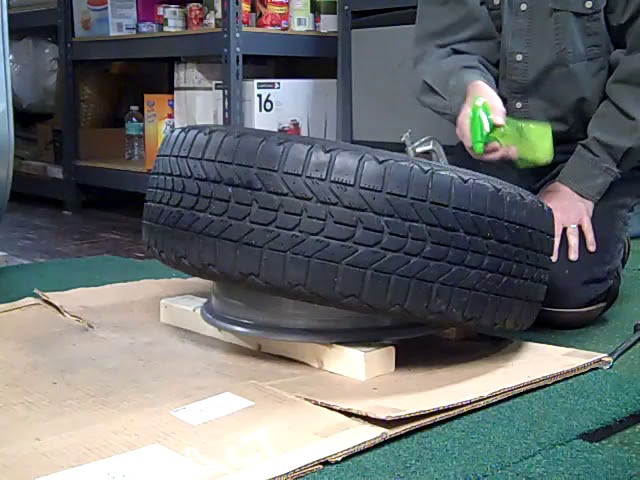
There is a link to the time of hacking. A simple buyer should correlate minutes to a measure of protection and secrecy options. Manufacturers usually indicate this information on the packaging.
To open the lock, you need a key with special teeth that have different shapes and parameters. When replacing the core, you do not have to worry that it will not fit your cylinder lock. The fact is that manufacturers make parts of a universal type.
The cylinder secrecy mechanism is selected depending on the thickness of the door and the location of the screw for fasteners.
Advice! In 90% of the "lower" locks, a DIN pin mechanism is installed. It is easy to identify by its teardrop shape. |
The key for such a device is produced with a semicircular section. There will be several notches that will match the installed discs in the mechanism. A feature of this type of larva for a door lock is the ability to replace the part with the same type of disk model.
Pin, cruciform larvae for locks and top security cylinders
In cruciform cylinder mechanisms, the pins, when the key moves, become along its 4 faces. In this case, the element receives a large number of secret combinations. This feature still does not allow you to effectively protect the house. Most of the products are easy to break with a homemade screwdriver.
Advice! Requirements for the cylinder for the front door: protection against knocking out and drilling and bumping, more than 50 thousand combinations, 3-4 anti-burglary class. It is desirable to be able to install an armor plate. It is desirable to be able to install an armor plate. |
Secrets for pin models "Eurostandard" are produced according to 2 standards. As a result, companies make several types of keys.
Among them:
A more reliable option, although the lock is easy to knock out and drill. At the same time, the work is accompanied by noise and a big waste of time, which is not always acceptable for intruders.
At the same time, the work is accompanied by noise and a big waste of time, which is not always acceptable for intruders.
| Advice! Companies every year complicate the design of the larva, equipping it with new protection. They use titanium cases, armor inserts, pins made of refractory metals, a large number of combinations (from 1 million), floating parts on keys. Such locks are distinguished by the highest class of security. |
The main goal of such an element is ease of use due to the turntable. You can open or close the door from the inside without a key.
Usually cylinder mechanisms are taken for mortise locks. Installation and maintenance of such products is a difficult task, and removable parts make the process easier. Overhead models are easier to work with, but they often go on sale without collapsible cores.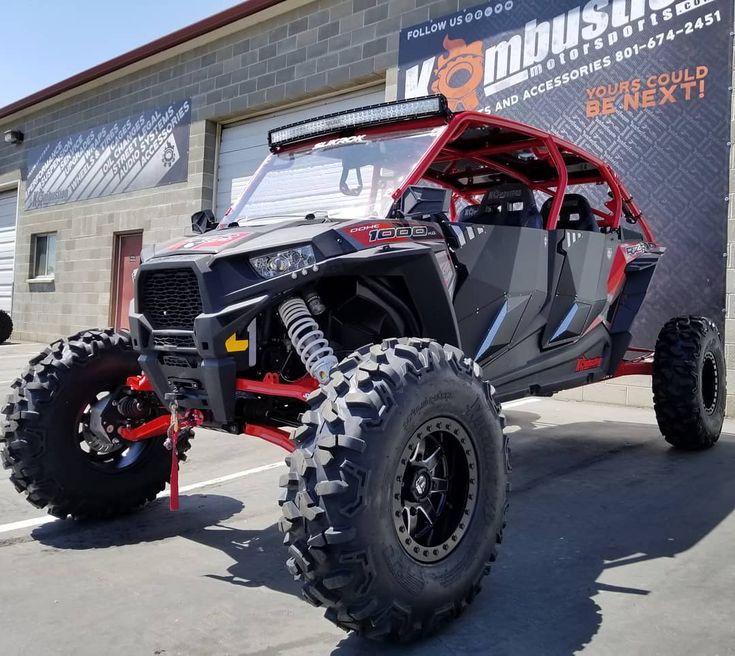 But there are exceptions.
But there are exceptions.
Their fastening is carried out in a different way. The larva is fixed on the inside of the lock. To replace the element, you need to disassemble the overhead lock. Cores for magnetic locks are also considered a rarity.
When buying a cylinder, you should pay attention to the following points:
Advice! The distance between the hole and the end part should not differ from the parameters of the "old" larva. |
In the process of selecting a larva, the operability of the mechanism should be checked. To begin with, turn the key in the well several times in one direction or the other. If it does not stick in the hole, moves quietly, does not catch anything inside, then the product is serviceable.
Kaba locks: main features and benefits of use
Kaba locks are high-quality cylinder mechanisms that are in great demand in Novosibirsk among manufacturers of entrance groups and buyers.
Let's talk more about the features of the locking device:

Illegal copying of the shape of the keys is prohibited by law. There are no key blanks in the workshops, and all technologies are protected by a patent. To obtain a new key, you must prove to the service center or Kaba product dealers that you are the owner of the lock. Passport or customer card will do. You can always set the lock so that all the doors in the house open with the 1st key.
Advice! If you have a good door, but a lock with a low degree of security, you will not be able to protect the room from burglary. Therefore, it is important to buy a reliable cylinder for the lock. Therefore, it is important to buy a reliable cylinder for the lock. |
In the production of cylinder mechanisms, they usually use:
Advice! Take devices for the door lock with a perforated key. A lock with a punched card is more difficult to open with a master key. |